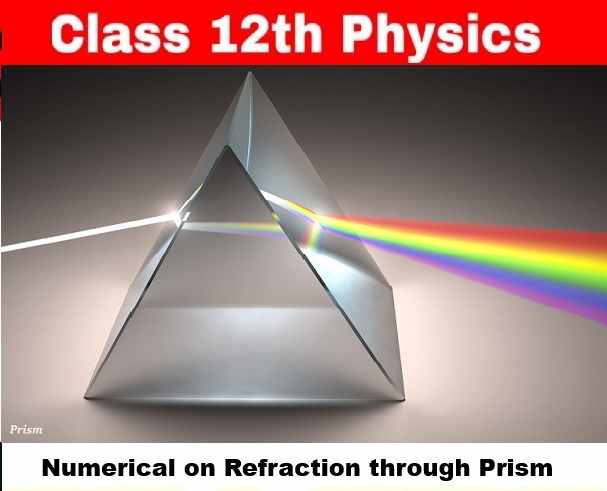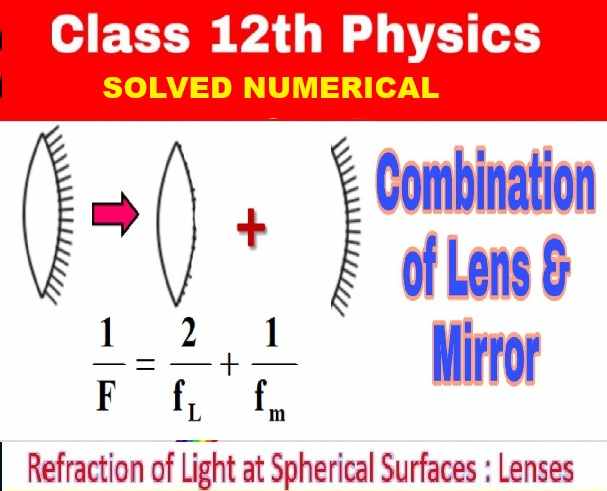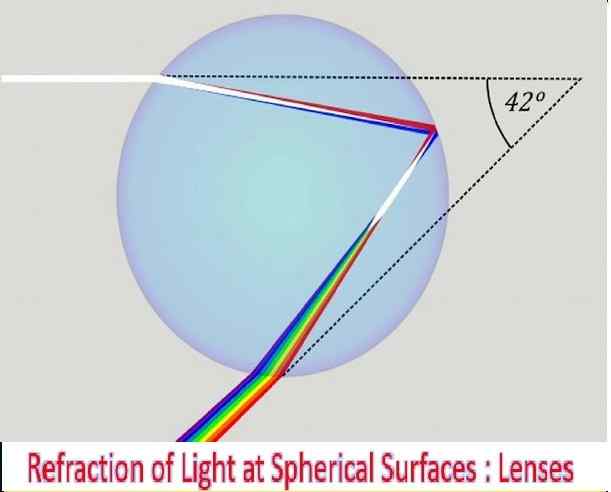MCQ Mahatma Gandhi and Popular National Movement for ICSE History Class-10. These MCQ / Objective Type Questions is based on latest reduced syllabus according 2021-22 session on bifurcated pattern. Main motto of MCQ Type Question is cracking the next upcoming exam of council. Visit official website CISCE for detail information about ICSE Board Class-10 History .
MCQ Type Questions Mahatma Gandhi and Popular National Movement for ICSE Class-10 History
| Board | ICSE |
| Class | 10th (X) |
| Subject | History |
| Chapter (Unit 2) | Mahatma Gandhi and Popular National Movement |
| Syllabus | on bifurcated syllabus (after reduction) |
| Session | 2021-22 |
| Topic | MCQ / Objective Type Question |
ICSE Class-10 History MCQ Type Questions of Mahatma Gandhi and Popular National Movement
Question 1: Mahatma Gandhi realised the nation was not ready yet for a non-violent struggle during the
(a) Chauri Chaura incident
(b) Kakori conspiracy case
(c) Partition of Bengal
(d) Formation of Muslim League
Answer (a) Chauri Chaura incident
Question 2: ‘Khilafat Movement’ subsided because of
(a) The understanding reached between the Congress and the Muslim League
(b) The concessions given to Muslims by the British
(c) Accession of Kemal Pasha to the throne of Turkey
(d) None of the above
Answer (c) Accession of Kemal Pasha to the throne of Turkey
Question 3: Purna Swaraj was declared at……………. Congress Session presided by Jawaharlal Nehru 1929.
(a) Calcutta
(b) Madras
(c) Lahore
(d) Karachi
Answer (c) Lahore
Question 4: At which place was Gandhiji arrested for the first time by the British Government for sedition
(a) Bombay
(b) Pune
(c) Calcutta
(d) Ahmedabad
Answer (d) Ahmedabad
Question 5: The Simon Commission did not take responsibility for the fatal blows inflicted on …….. during the protest march when the Commission came to India.
(a) Bal Gangadhar Tilak
(b) Lala Lajpat Rai
(c) Mahatma Gandhi
(d) Bipin Chandra Pal
Answer (b) Lala Lajpat Rai
Question 6: When was the Gandhi – Irwin Pact signed
(a) March 1, 1932
(b) March 5, 1931
(c) March 10, 1935
(d) March 7, 1937
Answer (b) March 5, 1931
Question 7: Which of the following dispute made Gandhiji to undertake a fast for the first time?
(a) Minto-Morley Reforms
(b) Ahmedabad Mill Strike
(c) Punjab Unrest
(d) Poona Pact
Answer (b) Ahmedabad Mill Strike
Question 8: He headed the Sedition Committee in 1919:
(a) Justice Rowlatt
(b) General Dyer
(c) Colonel Saunders
(d) David Cameron
Answer (a) Justice Rowlatt
Question 9: Non-Cooperation was practiced on mass scale first during ……….
(a) 1915-20
(b) 1919-21
(c) 1920-21
(d) 1921-45
Answer (c) 1920-21
Question 10: Which of the following according to Gandhi ji, is an essential principle of satyagraha?
(a) Infinite capacity for suffering
(b) Non- violence
(c) Truth
(d) All of the above
Answer (d) All of the above
Question 11: Which of the following title was given by Mahatma Gandhi to Bal Gangadhar Tilak?
(a) The Maker of Modern India
(b) The Iron Man of India
(c) The father of the Indian unrest
(d) The Indian Lion.
Answer (a) The Maker of Modern India
Question 12: Which among the following date was passed by a resolution by Indian National Congress to observe every year as “Purna Swaraj”?
(a) January 26
(b) August 15
(c) August 30
(d) October 2
Answer (a) January 26
Question 13: 6th April, 1930 is well known in the history of India because this date is associated with-
(a) Dandi March
(b) Quit India Movement
(c) Partition of Bengal
(d) Partition of India
Answer (a) Dandi March
Question 14: Which is one of the negative aspects of the Non- Cooperation Movement?
(a) Removal of untouchability
(b) Boycott of law courts by lawyers
(c) Hindu-Muslim Unity
(d) Prohibition of intoxicating drinks
Answer (b) Boycott of law courts by lawyers
Question 15: Complete the given analogy.
Nagpur Session of 1920 : Non-Cooperation Resolution :: Lahore Session of 1929 : ?
(a) Quit India Resolution
(b) Civil Disobedience Resolution
(c) Declaration of Poorna Swaraj
(d) Khilafat Issue
Answer (c) Declaration of Poorna Swaraj
Question 16: Identify the concession granted by the Government under the Gandhi-Irwin Pact.
(a) Permission of peaceful picketing without any violation of ordinary laws
(b) Permission to collect or make salt for one’s use
(c) Both (a) and (b)
(d) Payment of reparations to those whose lands had been confiscated
Answer (c) Both (a) and (b)
Question 17: What was one of the agreements by the Governor- General in the Gandhi-Irwin Pact?
(a) To open more educational institutions
(b) To release all political prisoners except those guilty of violence
(c) To separate the Hindus from the Muslims
(d) To hold a Cabinet Mission
Answer (b) To release all political prisoners except those guilty of violence
Question 18: The Muslim League demanded a separate state for the Muslims in the year:
(a) 1920
(b) 1930
(c) 1940
(d) 1946
Answer (b) 1930
Question 19: This was one of the programme of the khilafat Movement:
(a) Adopt Swadeshi and hartals
(b) Go on peace march
(c) Resignation from the government services
(d) Civil disobedience
Answer (c) Resignation from the government services
Question 20: The Muslims of India demanded that the………. and powers which were taken away from the Sultan of Turkey be restored to him.
(a) Resources
(b) Territories
(c) Arms and artilleries
(d) Religion
Answer (b) Territories
Question 21: According to Gandhi-Irwin Pact, the Governor-General agreed to permit people living near the sea-shores to ……………
(a) Own shipping companies
(b) Run fishing trawlers
(c) Of-shore drilling for extraction of petroleum
(d) Manufacture salt
Answer (d) Manufacture salt
Question 22: This was one of the positive programmes of the Non-Cooperation Movement:
(a) Boycott of British goods
(b) Boycott of Legislative Councils
(c) Surrender of titles and honorary posts
(d) Promotion of Swadeshi, especially home spun and home-woven cloth
Answer (d) Promotion of Swadeshi, especially home spun and home-woven cloth
Question 23: Why did a crowd of people set fire to the police station in Chauri Chaura in February, 1922 ?
(a) There was a Hindu-Muslim riot
(b) The crowd was attacked by the police during a peaceful march
(c) A Police officer had beaten so Some volunteers picketing a liquor shop
(d) The crowd of people were fired at we trying to sell khadi cloth
Answer (c) A Police officer had beaten so Some volunteers picketing a liquor shop
Question 24: Turkey had lost the……………. in 1918.
(a) First World War
(b) Second World War
(c) The French Revolution
(d) Bolshevik Revolution
Answer (a) First World War
Question 25: The Non-cooperation Movement undermined the power and prestige of the:
(a) British government
(b) Hindus
(c) Muslims
(d) Sikhs
Answer (a) British government
Question 26: Complete the given analogy.
Rowlatt Satyagraha : 1919 :: Kheda Satyagraha : ?
(a) 1918
(b) 1919
(c) 1920
(d) 1917
Answer (a) 1918
Question 27: In which of the following session of INC, Jawaharlal Nehru met Gandhiji for the first time?
(a) Bombay session 1904
(b) Patna session 1914
(c) Lucknow session 1916
(d) Kanpur session 1925
Answer (c) Lucknow session 1916
Question 28: How was the Civil Disobedience Movement different from the Non-Cooperation Movement !
(a) Boycott of government schools and colleges
(b) Promotion of Swadeshi
(c) It involved non-payment of taxes and land revenue, and violation of various laws
(d) Boycott of law courts by lawyers
Answer (c) It involved non-payment of taxes and land revenue, and violation of various laws
Question 29: A Khilafat Committee was formed to support the …………..
(a) Sunni Muslims
(b) Germany
(c) Caliph of Turkey
(d) Muhammad Ali and Shaukat Ali
Answer (c) Caliph of Turkey
Question 30: Complete the given analogy
Non-Cooperation Movement : Chauri Chaura incident :: Civil Disobedience Movement : ?
(a) Dandi March
(b) Gandhi-Irwin Pact
(c) Jallianwala Bagh Massacre
(d) Rowlatt Act
Answer (b) Gandhi-Irwin Pact
Question 31: What did Gandhiji mean by “Swaraj?
(a) Freedom for the country
(b) Freedom for the most humble of the countrymen
(c) Self- governance
(d) Complete independence
Answer (b) Freedom for the most humble of the countrymen
Question 32: Gandhi-Irwin Pact was focused on ………. and …………..
(a) release few political leaders, labourers
(b) release of all political prisoners, cancellation of the oppressive laws
(c) release few educationists, farmers
(d) None of the above
Answer (b) release of all political prisoners, cancellation of the oppressive laws
Question 33: On 13 April 1919 people had gathered at ………. in Amritsar for a peaceful meeting
(a) Town Hall
(b) Jallianwala Bagh
(c) Court
(d) Sabarmati Ashram
Answer (b) Jallianwala Bagh
Question 34: The Khilafat Movement contributed to the ………… Unity.
(a) Turkish
(b) Muslim
(c) Ottoman Empire
(d) National
Answer (d) National
Question 35: The first mass movement led by Gandhiji in India was ………….
(a) The Rowlatt Satyagraha
(b) Non-Cooperation Movement
(c) Champaran Indigo Movement
(d) Dandi March
Answer (c) Champaran Indigo Movement
– : End of MCQ Mahatma Gandhi and Popular National Movement for ICSE History Class-10 :-
-: also visit :-
- MCQ Type Questions for ICSE Class-10
- ICSE Class-10 Text book Solutions, Notes , Syllabus, Paper, Notes
Please share with your ICSE friends if it is helpful
Thanks



It is very helpful…
thanks